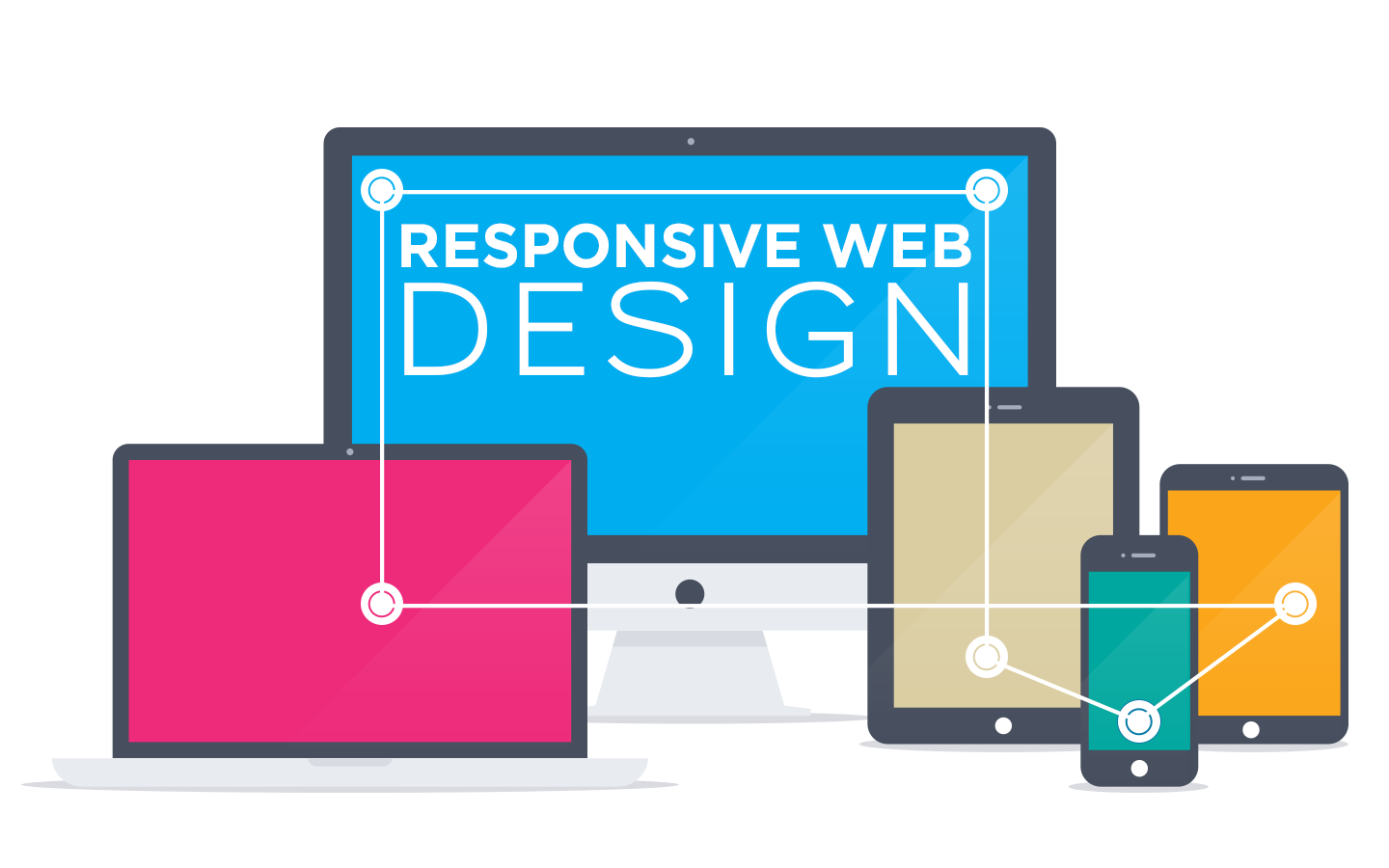Index Surge: Amplifying Your Insights
Stay updated with the latest trends and news across various industries.
Responsive Web Design: Turning Clunky Into Chic
Transform your website from clunky to chic! Discover the secrets of responsive web design that captivates and converts visitors.
The Principles of Responsive Web Design: Creating Seamless User Experiences
Responsive web design is a critical approach to creating websites that deliver seamless user experiences across a multitude of devices. By employing fluid grids, flexible images, and media queries, designers ensure that their websites adjust seamlessly to different screen sizes and orientations. This adaptability not only enhances usability but also boosts search engine rankings, as Google prioritizes mobile-friendly sites in its search results. Key principles include:
- Fluid Grids - Utilizing percentages instead of fixed dimensions to create layouts that flexibly fill available space.
- Flexible Images - Images that scale within the confines of their containers, ensuring they remain sharp and visually appealing on any device.
- Media Queries - CSS techniques that apply different styles based on the properties of the device being used, ensuring tailored presentations.
Implementing responsive web design can significantly enhance user engagement and satisfaction. A seamless experience fosters longer visit durations and lower bounce rates, ultimately increasing conversion rates. Moreover, as more users access content via smartphones and tablets, adhering to responsive design principles becomes essential for survival in a competitive digital landscape. In summary, the core principles of responsive web design not only serve to improve user experiences but also support broader business goals by:
- Improving accessibility for all users, regardless of device.
- Streamlining maintenance efforts, as a single site will adjust across platforms.
- Enhancing brand credibility through a modern, professional appearance.

Common Mistakes in Responsive Web Design and How to Avoid Them
Responsive web design is crucial for providing an optimal user experience across all devices, but many designers fall into common pitfalls. One major mistake is neglecting mobile-first design, which prioritizes the mobile user experience over desktop. When you start designing for smaller screens first, you ensure that your site is both functional and aesthetically pleasing on all devices. Additionally, using fixed layouts instead of fluid grids can lead to a site that looks great on desktop but is cumbersome on mobile devices. To avoid this, always test your designs on multiple screen sizes and resolutions throughout the design process.
Another common error in responsive web design is overusing media queries. While media queries are essential for making designs adaptable, relying on them excessively can complicate your CSS and lead to maintenance issues. Instead, consider employing a mobile-first approach where the base styles are applied to all devices, and adjustments for larger screens are made only when necessary. Additionally, failing to optimize images for different screen sizes can adversely affect load times and user experience. By utilizing vector images and optimizing your bitmap images, you will significantly enhance the performance and responsiveness of your site.
How to Test Your Website's Responsiveness Across Different Devices
Testing your website's responsiveness is crucial in today's multi-device world, as it ensures that your content is accessible and user-friendly across various screen sizes. Start by identifying the devices you want to test. Popular choices include desktops, tablets, and smartphones. You can use emulators or actual devices to perform your tests. Tools like Google Chrome's Developer Tools allow you to inspect and modify responsive design settings directly in your browser. To begin testing, open your website and activate the responsive design mode by toggling the device toolbar, which lets you simulate different screen resolutions.
Once you've set up your test environment, it's important to nuance the user experience by exploring the layout, navigational tools, and functionality on each device. Check for common issues, such as elements overlapping, text being too small to read, or buttons that are difficult to tap. Follow these steps for a comprehensive assessment:
- Evaluate text readability and font sizes on each device.
- Test interactive elements like forms and buttons for functionality.
- Check images and videos for proper scaling and display.
By ensuring your website performs well across all these devices, you'll not only enhance user satisfaction but also boost your SEO rankings.